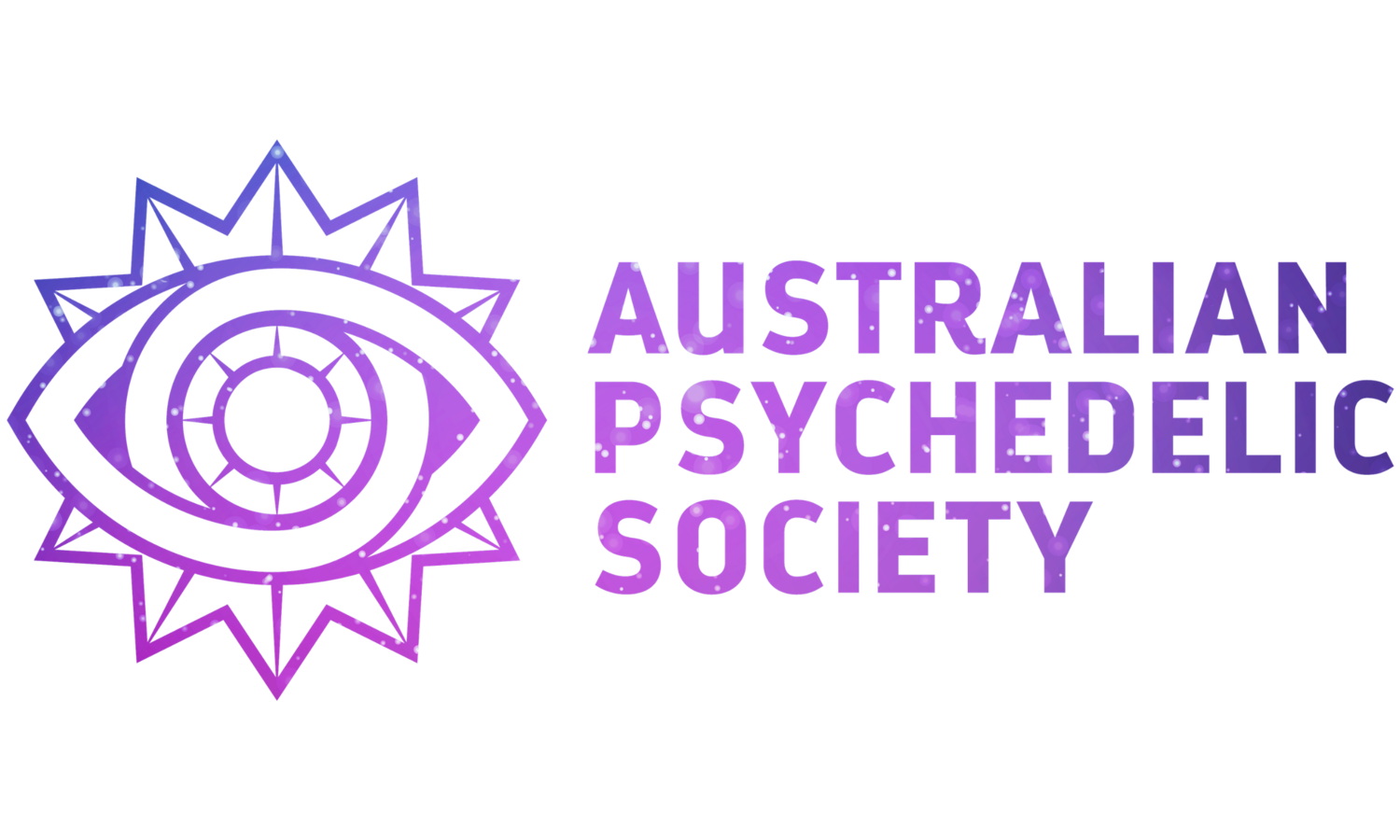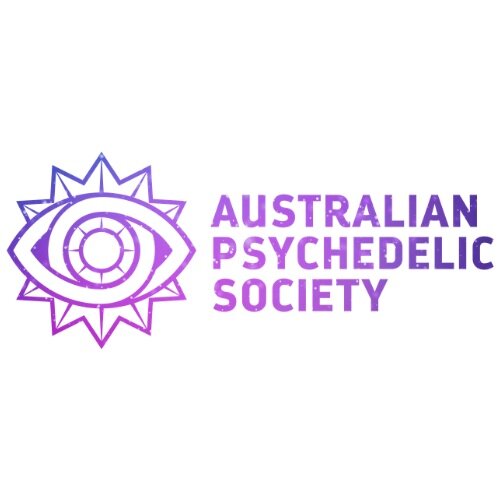Hallucinogen Persisting Perception Disorder
Hallucinogen Persisting Perception Disorder (HPPD) is the experience of sensory disturbances some time after the consumption of a psychoactive substance.
The phenomenon was initially described in 1954 during research into the clinical application of LSD.
It was added to the Diagnostic and Statistical Manual version IV in 2000 and later included in the most recent DSM V
HPPD is split into two types.
Type I includes brief flashbacks resembling the psychoactive experience which are brief and not typically very impairing or distressing. This type may be quite common among people who use psychedelics.
Type II includes visual disturbances like visual snow, floaters, fractals or patterns, colour distortions, micropsia, macropsia, visual trailing, visual auras and halos around objects among other disturbances. These experiences may be accompanied by depersonalisation or derealisation which are sensations of being apart from yourself or apart from the world. The sensory disturbances in this type of HPPD may be persistent while varying in severity. They are frequently distressing and impairing to varying degrees.
HPPD experiencers are aware that the visual disturbance is unreal. In this sense the symptoms are different to true hallucinations.
Symptoms may occur shortly after the psychoactive experience or years later. They can occur after a single use or after repeated use. They can persist for a short period before resolving spontaneously or be ongoing for many years.
HPPD has been associated with the consumption of a range of substances with varying pharmacological effects including the classical hallucinogens (5HT2a receptor agonists); dextromethorphan, PCP and ketamine (NMDA receptor antagonists); Salvia divinorum (kappa opioid receptor agonist); natural and synthetic cannabinoids; as well as MDMA (serotonin releaser).
HPPD is proposed to be due to a lasting disturbance in the cortical processing of primary visual input. This may arise from the formation of new pathways or disruption of normal pathways in visual processing occurring under the influence of substances which result in usually transient alterations in sensory processing. The neuroplasticity-enhancing effects of many psychedelics may facilitate the establishment of abnormal visual processing circuits.
There is no established treatment but a range of pharmacological and non-pharmacological treatments have been used in the published case reports, with varying levels of efficacy.
Risk factors are unclear. The condition is not limited to those with underlying psychological conditions, those who use in excess or those who combine multiple substances, though these have been suggested to possibly increase the risk.
Tips that might help reduce your risk: Don’t combine substances. Take breaks in between experiences. Seek help early if you experience symptoms of HPPD.
Disclaimer: This information is general in nature and is not intended as medical advice.

